Historic Luxury Hotels That Shaped World History
By Abby Elezi | Published on 2024-10-28

Historic luxury hotels are not only icons of architectural beauty and elegance but have also served as silent witnesses to some of history's most pivotal moments. From peace treaties to revolutionary speeches, these renowned hotels have shaped global events and played host to the world’s most influential figures. Here are twelve historic luxury hotels where world history was made.
1. Hotel de Crillon – Paris, France
Nestled in Paris's iconic Place de la Concorde, the Hotel de Crillon is not only a testament to French luxury but also a stage for historic events. Built in 1758, this neoclassical gem became the setting for the Treaty of Amity and Commerce in 1778. Signed between France and the newly independent United States, this agreement marked France as the first nation to formally recognize American independence. This alliance significantly shifted the balance during the American Revolutionary War, signaling France’s commitment to aiding the United States against Britain.
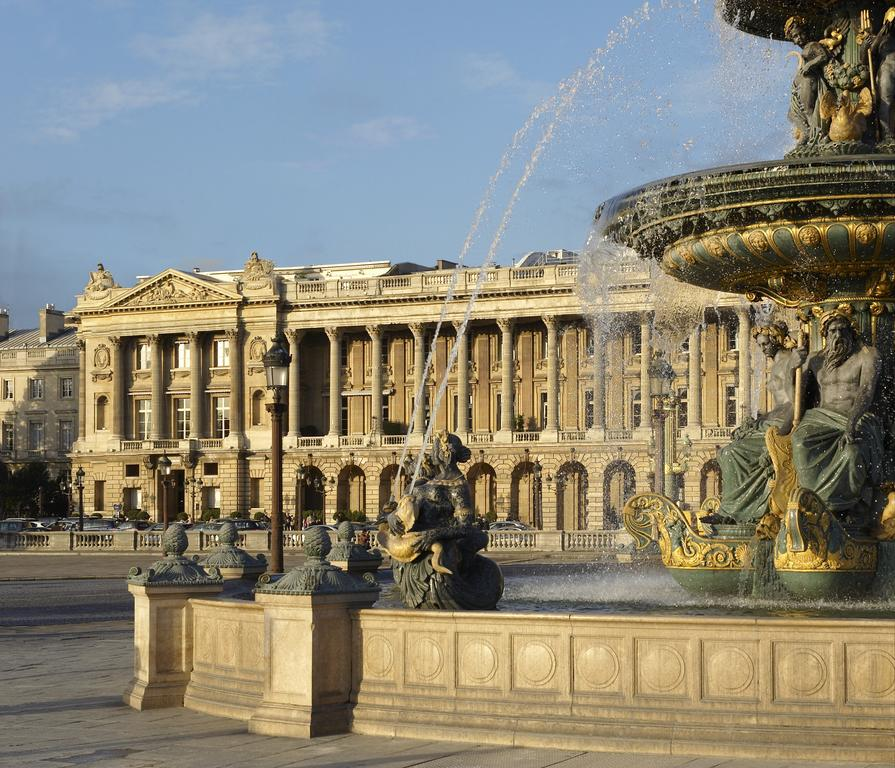
Over the centuries, the Crillon has maintained its aura of prestige. The lavish décor, with opulent chandeliers and intricate moldings, reflects its aristocratic roots, and the views of the Eiffel Tower and Seine add to its allure. Frequented by royalty and dignitaries alike, the Crillon embodies Parisian sophistication and is a member of the elite Palace Hotels of France, which signifies its exceptional standards in luxury and history.
From the French Revolution to modern diplomatic gatherings, the hotel has witnessed history firsthand. Restored recently to its former glory, it continues to attract global elites, combining French elegance with an indelible place in world history.
2. Fairmont San Francisco - San Francisco, USA
High atop Nob Hill, the Fairmont San Francisco is an architectural marvel with sweeping views of the Golden Gate Bridge. In 1945, as the world emerged from WWII, this hotel became the birthplace of the United Nations. Delegates from 50 countries gathered here, creating a charter aimed at fostering international peace and cooperation. The Fairmont’s elegance, along with its impressive suites and ballrooms, provided a fitting backdrop for this historic moment.
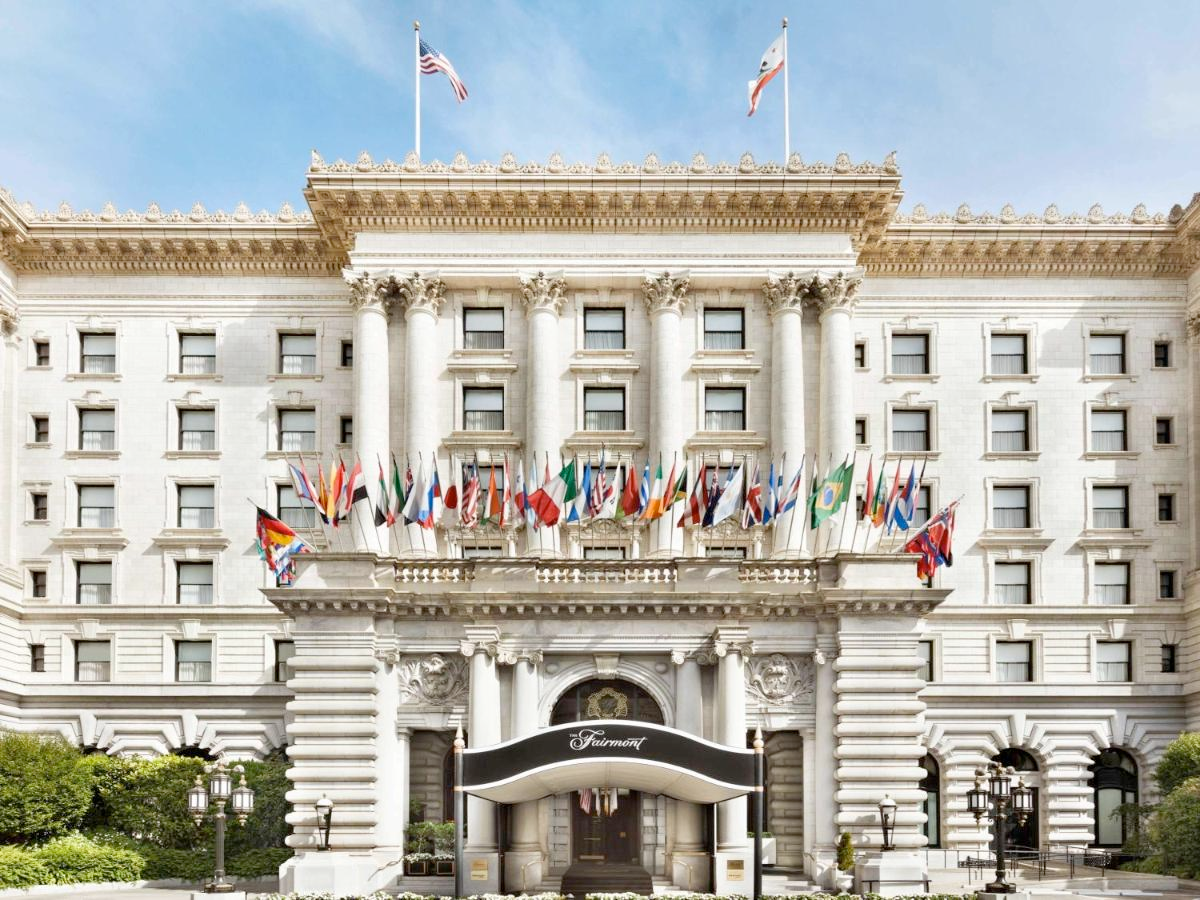
The hotel itself embodies classic Californian luxury, with spacious rooms and suites that have welcomed celebrities, diplomats, and leaders for over a century. The majestic lobby, with its marble columns and high ceilings, has been a stage for major social events and political gatherings. The penthouse suite, an icon of 1920s opulence, spans the entire eighth floor and boasts its own library, billiard room, and terrace.
Today, the Fairmont still honors its historical role in diplomacy by hosting international conferences and high-profile guests. For travelers, it’s more than just a luxury hotel—it’s a place where history echoes through its walls and halls, forever intertwined with a vision for global unity.
3. Mena House – Cairo, Egypt
The Mena House in Cairo is a hotel rich in both ancient and modern history. Located near the Pyramids of Giza, it has been an inspiration for artists, writers, and leaders since it first opened as a hunting lodge in the 1860s. In 1977, the Mena House became a center of peace talks between Egypt and Israel, where Egyptian President Anwar Sadat and Israeli officials laid the groundwork for what would later become the Camp David Accords. These discussions marked a pivotal moment for peace in the Middle East.

Apart from its historical significance, the Mena House is famous for its exquisite Arabian-inspired architecture, lush gardens, and breathtaking views of the pyramids. Each room combines classic Middle Eastern design elements with modern luxury, offering visitors a unique experience. The hotel’s original wing preserves the atmosphere of old Cairo, with intricately decorated rooms and vintage artifacts.
Even today, the Mena House holds a special place in Egypt’s cultural and political landscape. Its corridors echo with stories of kings, queens, and world leaders who walked its halls, and it remains a timeless symbol of Egypt’s blend of ancient heritage and modern diplomacy.
4. Hotel President Wilson – Geneva, Switzerland
Overlooking the tranquil shores of Lake Geneva, Hotel President Wilson has long been a favored meeting place for international diplomats and world leaders. This luxury hotel frequently serves as the venue for critical United Nations meetings, given its proximity to the UN’s European headquarters in Geneva. Throughout its history, the hotel has hosted countless discussions aimed at fostering global cooperation, particularly on issues surrounding human rights, peace, and health initiatives.
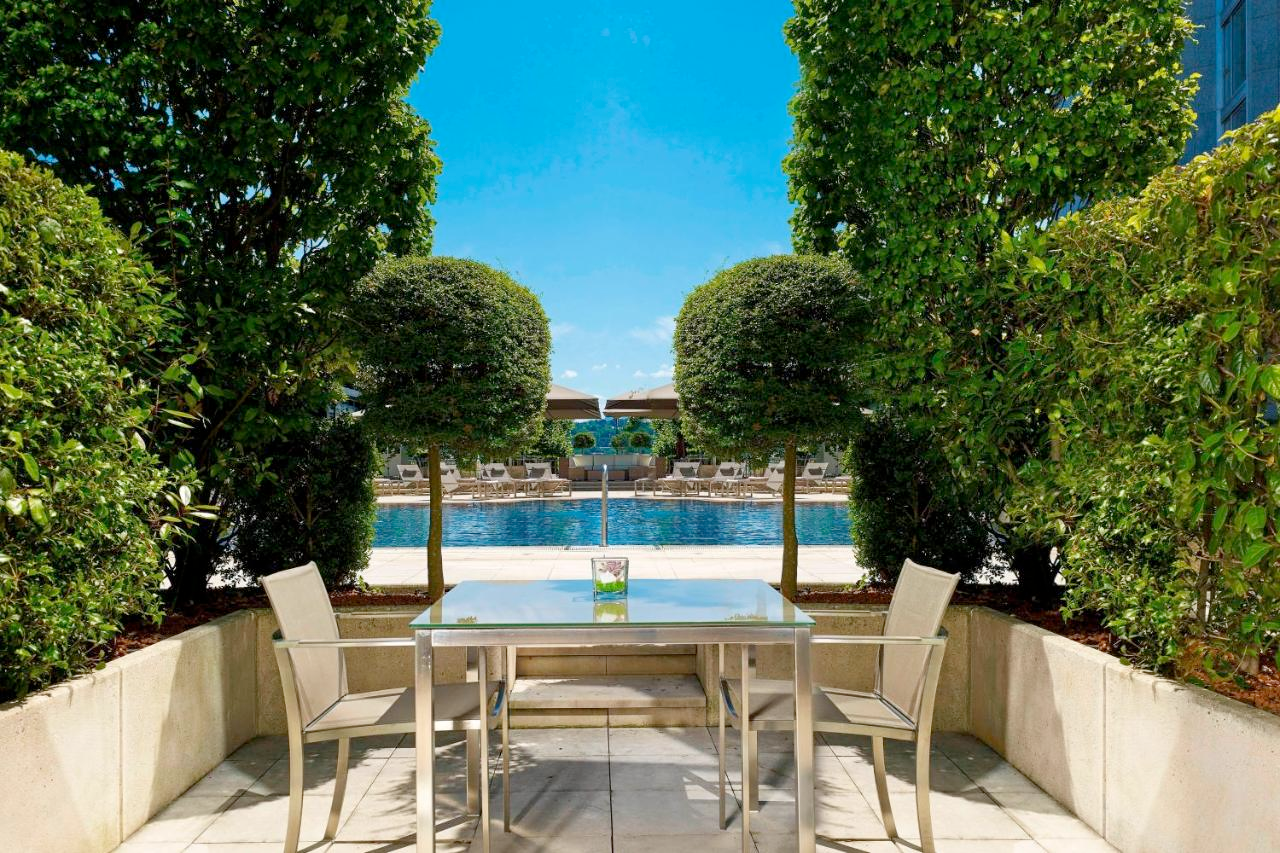
Hotel President Wilson is renowned for its blend of Swiss elegance and state-of-the-art amenities. Its rooms and suites are meticulously designed, offering panoramic views of Mont Blanc and Lake Geneva. The hotel’s crown jewel, the Royal Penthouse Suite, is one of the largest and most luxurious suites in the world, complete with bulletproof windows, a private gym, and an in-suite conference room, making it a secure and exclusive choice for high-profile guests.
The hotel’s role in hosting diplomatic meetings and its close ties with the UN have cemented its status as a symbol of Geneva’s importance in global diplomacy. For visitors, it offers not only a luxurious experience but also a unique connection to the city’s spirit of peace and international cooperation.
5. Willard InterContinental Hotel – Washington, D.C., USA
Known as the “Residence of Presidents,” the Willard InterContinental in Washington, D.C., has played a critical role in American history. In 1963, Dr. Martin Luther King Jr. finalized his “I Have a Dream” speech within its walls before delivering it during the March on Washington. This speech became a defining moment in the Civil Rights Movement and has inspired generations worldwide.
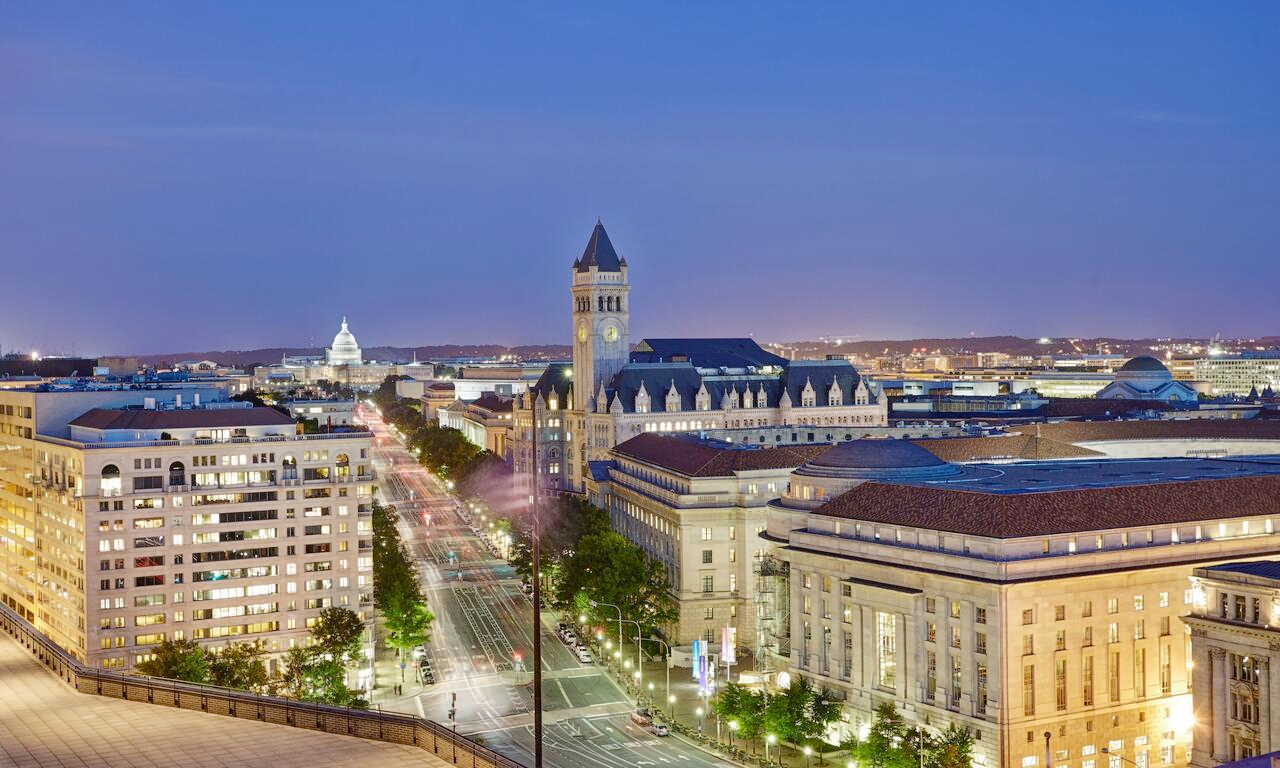
The hotel’s charm lies in its blend of historical architecture and modern luxury. With its grand Beaux-Arts façade, spacious rooms, and refined dining areas, the Willard offers guests a taste of old-world American elegance. The lobby, where politicians and socialites have gathered for decades, is often called “The Peacock Alley” for its bustling social atmosphere.
As a site of significant civil rights history, the Willard continues to attract visitors who wish to feel connected to America’s past. Today, it remains a top choice for government officials, diplomats, and travelers, each drawn by its storied past and classic charm.
6. The Peninsula Hong Kong - Hong Kong, China
Opened in 1928, The Peninsula Hong Kong became the scene of a dark chapter in history when, in 1941, it was where British forces formally surrendered Hong Kong to Japan during World War II. This event marked the beginning of a difficult period for the city, which remained under Japanese occupation until 1945.
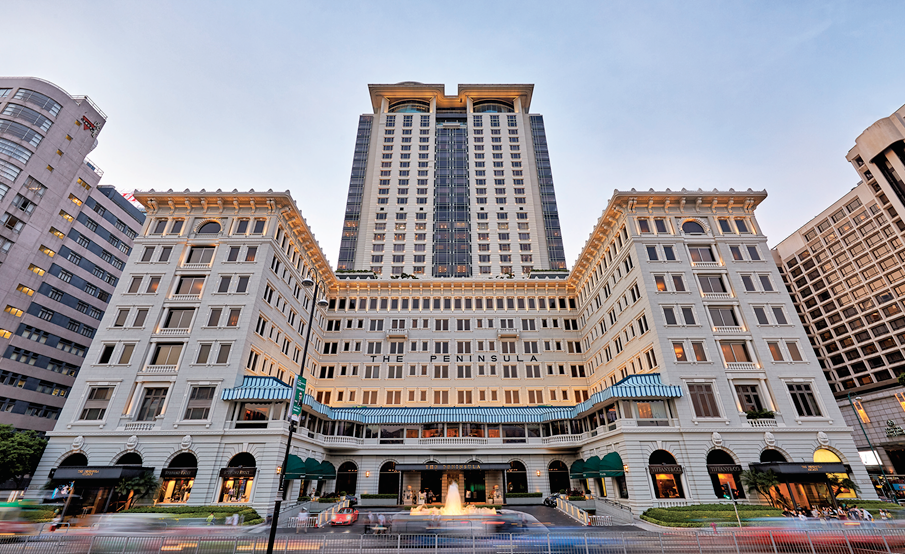
Known as the “Grand Dame of the Far East,” the Peninsula combines Eastern elegance with British colonial influences. The hotel’s grand entrance, luxurious suites, and classic afternoon tea service are symbols of its cultural significance in Hong Kong. Its spacious rooms provide sweeping views of Victoria Harbour and are furnished with impeccable style.
Today, the Peninsula stands as a symbol of resilience and elegance in Hong Kong. It has endured through significant periods in history and continues to set standards in luxury and service, embodying the spirit and perseverance of its city.
7. The Peninsula Paris – Paris, France
The Peninsula Paris was the site of the 1973 Paris Peace Accords, where the Vietnam War’s end was negotiated. This luxurious hotel hosted diplomats and negotiators from the U.S. and Vietnam, marking the beginning of peace after years of conflict.
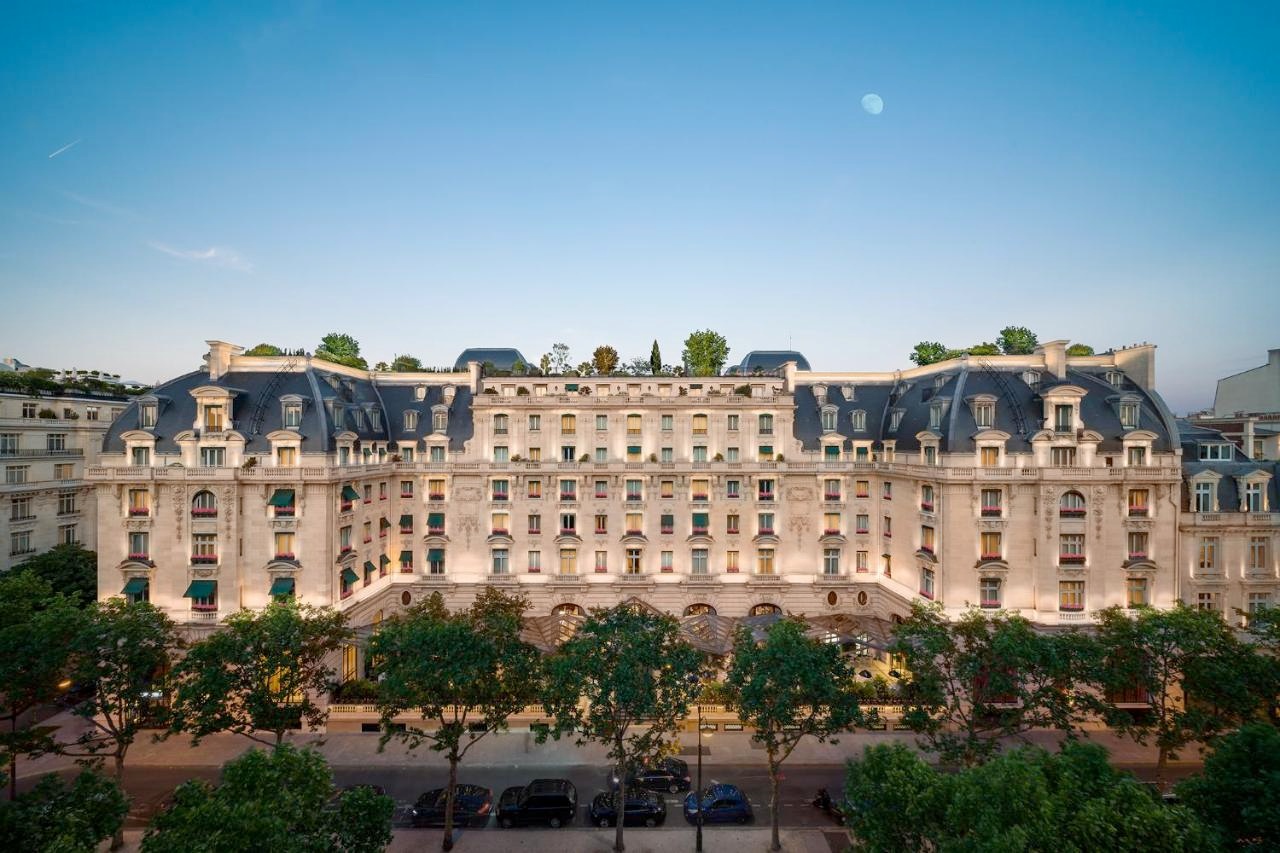
Today, the Peninsula Paris is known for its stunning Belle Époque architecture, with lavish rooms and suites designed to provide utmost comfort. Its rooftop terrace offers panoramic views of the Eiffel Tower and other Parisian landmarks. The hotel’s blend of modern amenities with classical Parisian style makes it an iconic part of the city’s hospitality scene.
The Paris Peace Accords solidified the Peninsula’s place in world history. Guests can still experience its refined atmosphere and appreciate its role as a place where history unfolded in the heart of Paris.
8. The Ritz – London, UK
The Ritz in London played a unique role during World War II, as it was frequented by Winston Churchill and his closest allies. The hotel provided a secure setting where Britain’s wartime strategies were discussed, and Churchill’s iconic “We shall never surrender” sentiment was echoed among his advisors within its walls.
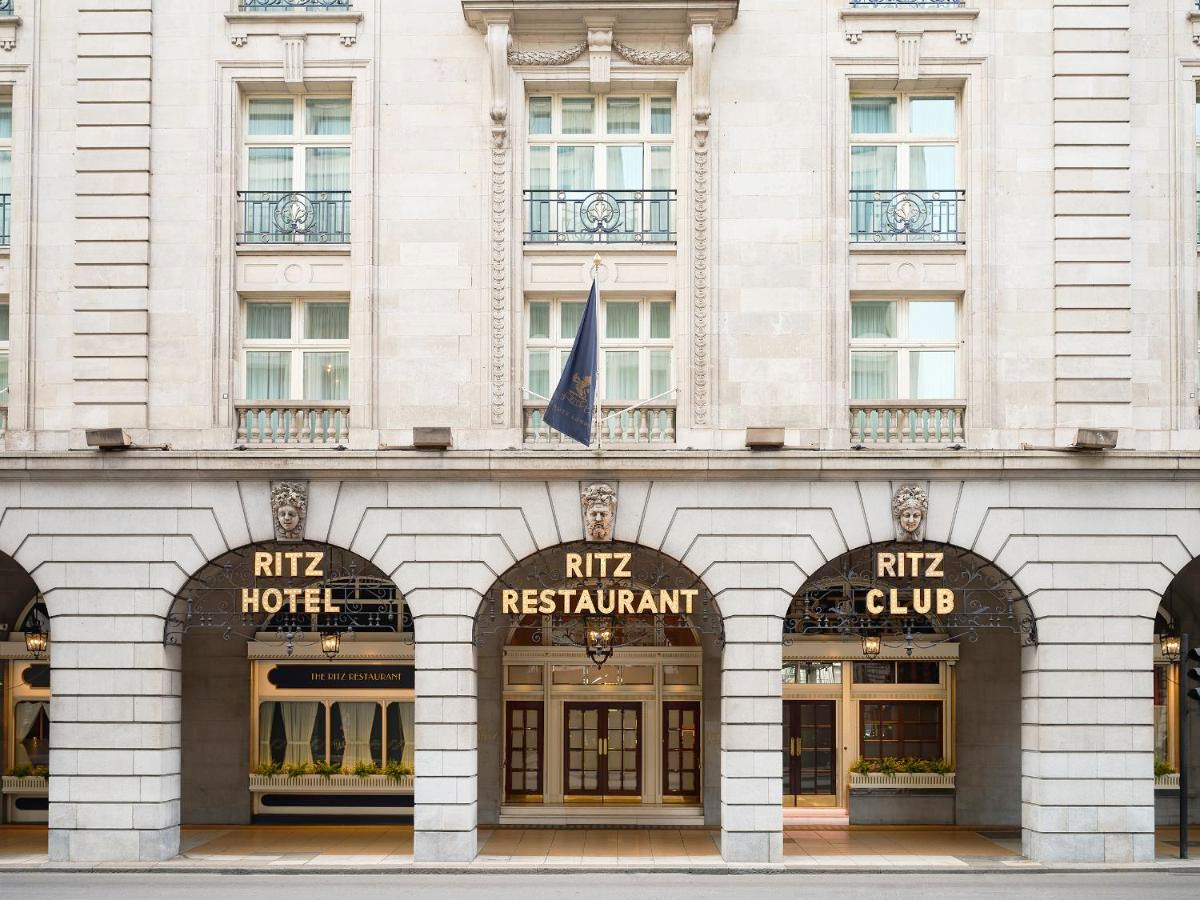
Synonymous with British elegance, the Ritz offers luxury and sophistication, from its famous afternoon tea to its lavish Louis XVI decor. The opulent dining hall, with glittering chandeliers and marble pillars, exudes an air of nobility that has attracted royalty and celebrities for decades.
Today, the Ritz remains one of the most prestigious hotels in London, celebrated not just for its luxury but also for its role in Britain’s wartime resilience. Each guest experiences a piece of the historical legacy that once influenced the nation’s future.
9. Grand Hotel Oslo – Oslo, Norway
The Grand Hotel Oslo has long been linked to peace and diplomacy, as it has hosted the Nobel Peace Prize ceremony since 1901. Laureates, including figures like Mother Teresa and Malala Yousafzai, have celebrated their achievements here, adding to the hotel’s storied reputation as a symbol of peace and global unity.
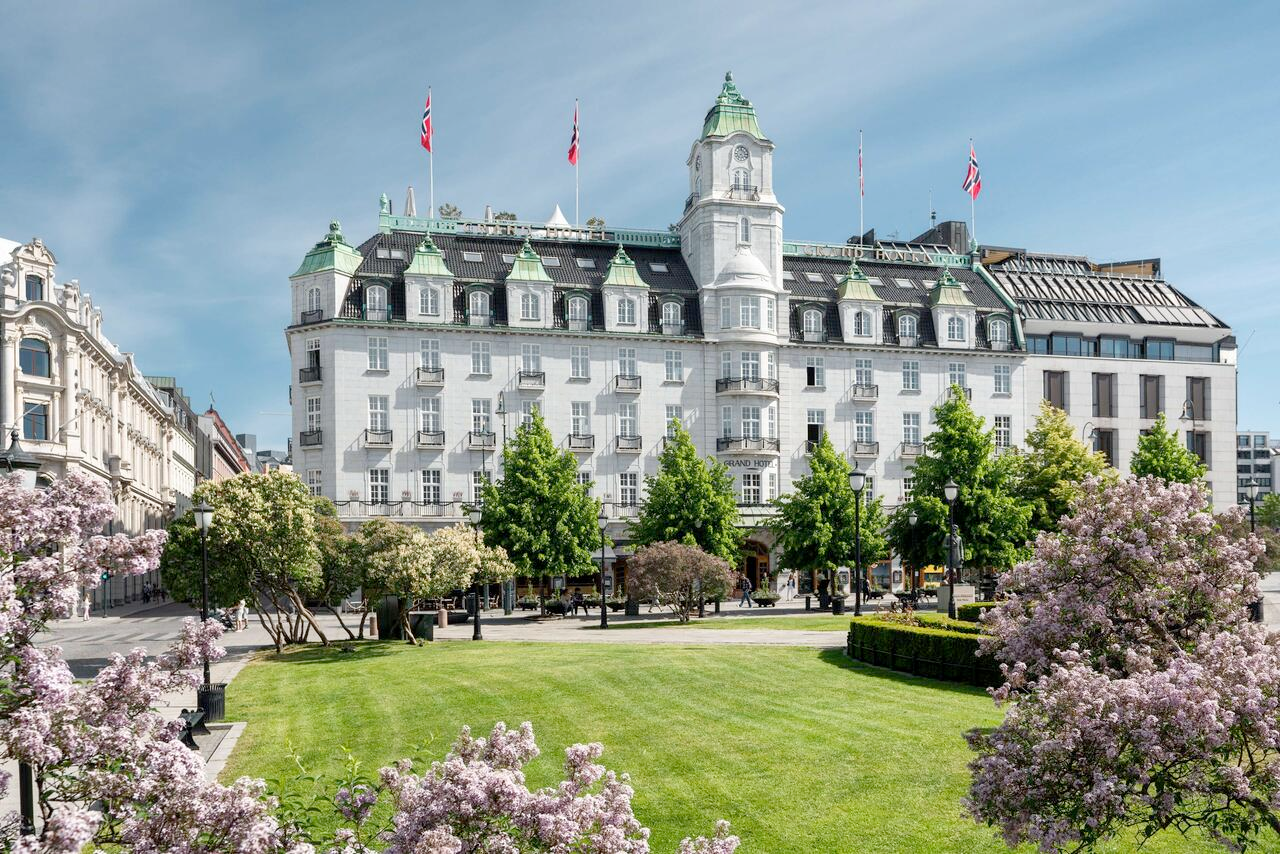
Located on Karl Johans gate, the Grand Hotel combines Norwegian charm with European luxury. Its opulent suites, modern amenities, and stunning views of Oslo’s Royal Palace offer guests a unique experience in Norway’s capital. The Nobel Suite, dedicated to Peace Prize winners, remains one of the hotel’s main attractions.
With its historic ties to the Peace Prize, the Grand Hotel Oslo is not only a luxurious retreat but also a reminder of the world’s efforts toward harmony and goodwill.
10. Raffles Hotel – Singapore
In 1945, the Raffles Hotel in Singapore became the site of the Japanese surrender in Singapore, marking the end of Japanese occupation during World War II. This surrender restored Singaporean sovereignty and set the stage for its journey toward independence.

Known for its colonial charm and grandeur, Raffles offers a luxurious escape with its elegant suites, tropical gardens, and world-famous Singapore Sling cocktail. Its blend of British colonial architecture and Asian touches creates a unique and nostalgic atmosphere that captures Singapore’s heritage.
Today, Raffles stands as a landmark of Singapore’s history and resilience. Its iconic Long Bar, beautiful courtyards, and historical significance continue to attract visitors from around the world.
These historic luxury hotels have been more than just places of rest; they’ve been settings for moments that changed the course of history. For those who visit, each hotel offers not only a luxurious stay but also a chance to connect with the pivotal moments that helped shape the world we know today.
Comments
Be the first to comment.















Leave a Comment